Description
We’re delighted to return to this special part of Spain for summer of 2024! We hope you can join us for what promises to be a wonderful tour with some special butterflies!
The Montes Universales are a forgotten corner of central spain and though by Alpine standards they are hardly mountains only rising to 1900 metres from a base of a 1000 metres they are a unique hotspot of butterfly biodiversity. The area is mainly wooded with fertile low lying areas sown for wheat together with grass and scrub areas with low intensity grazing. Many former grazing areas are now abandoned.
The Reserva Nacional de Montes Universales lies in central-eastern Spain between Teruel and Cuenca, some 180-200 km east of Madrid and 140-150 km north-west of Valencia. The range of mountains embraces the Sierra de Albarracin and runs roughly south-east to north-west, separating the Serrania de Cuenca to the south-west from the A23 Teruel – Zaragoza motorway to the east. It is an area of some 1,000 square km (roughly the same size as our English Lake District), made up of patches of arable land in the low-lying areas mainly used for grain, arid scrub, poplars, junipers and pine forest with occasional oak woods. The Tagus River rises here but there are many dry riverbeds, filled only by storms and late winter snow-melt. Summer temperatures are very high with little rain and we can expect temperatures of between 29-36 C.
We will stay in the delightful old walled Moorish town of Albarracín, at the eastern edge of the Reserva, for the entire week. It sits at an elevation of about 1,000m and has a similar number of residents. It is worthy of a visit in its own right, being a very well restored and historic site and recognised as a National Monument. Many of the locations we plan to visit are only a few miles away from Albarracín, though some are more distant. An early start is required to get out before the heat gets extreme and often going higher for the afternoons where it is cooler. There are good roads and access is not a problem.
The area boasts its own set of butterflies whose distributions overlap here as well as its own endemic Erebia zapateri Zapater’s Ringlet. We hope to find this rare butterfly but please be aware that there is a chance we might be early for it, depending on the season.
In all there are 140 species within the Reserva and it is the best place to see several Blues including Spanish and Azure Chalkhill Blues Lysandra albicans and L. caelestissima as well as Polyommatus nivescens the Mother of Pearl Blue and Polyommatus fabressei Oberthür’s Anomolous Blue. Earlier in the year Kretania hesperica the Spanish Zephir Blue is widespread but not common. There are many other more common blues for us to find to keep you guessing and practicing identification skills on!
Late summer in the baking dry heat means that several Satyrids are found, including 3 gatekeepers (Pyronia tithonus, Pyronia bathseba and Pyronia cecilia), Hermit Chazara briseis, Grayling Hipparchia semele, Striped grayling Hipparchia fidia, Tree Grayling Hipparchia statilinus, Great Banded Grayling Brintesia circe and False Grayling Arethusana arethusa. Very scarce but previously recorded in the area is the Southern Hermit Chazara prieuri. Esper’s Marbled White Melanargia russiae can be found in the region too and Apollo Parnassius apollo can also be found at higher altitudes.
Sage Skipper Muschampia proto is found and Sandy Grizzled Skipper Pyrgus cinarae has been recorded. Cinquefoil skipperPyrgus cirsii is also present. A few other highlights we’ll look out for include Spanish Chestnut Heath, Spanish Sooty Copper and Spanish argus.
READ FULL HOLIDAY DETAILS

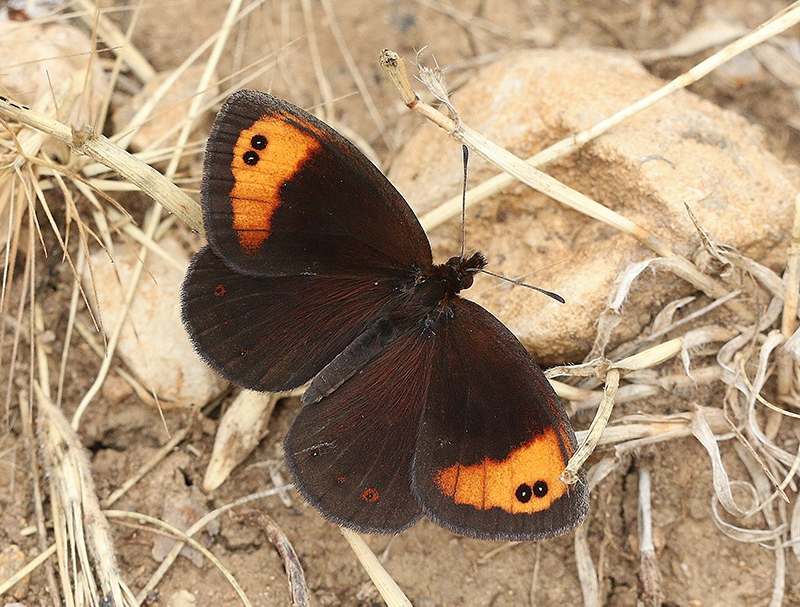
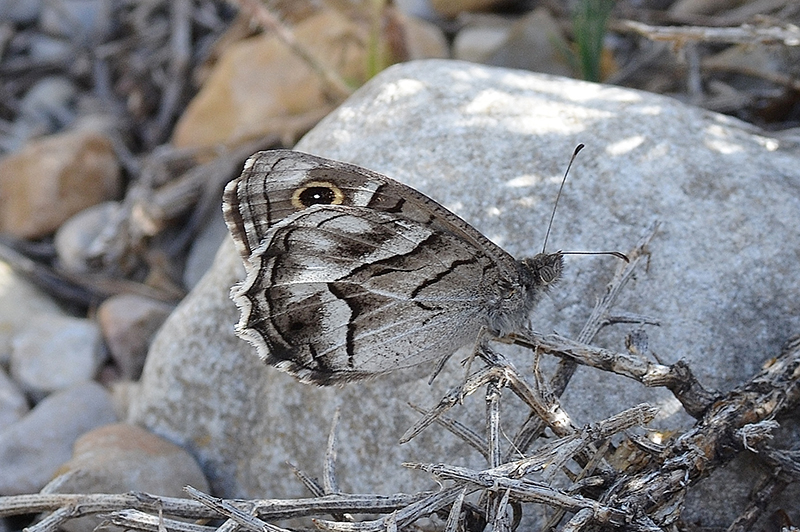
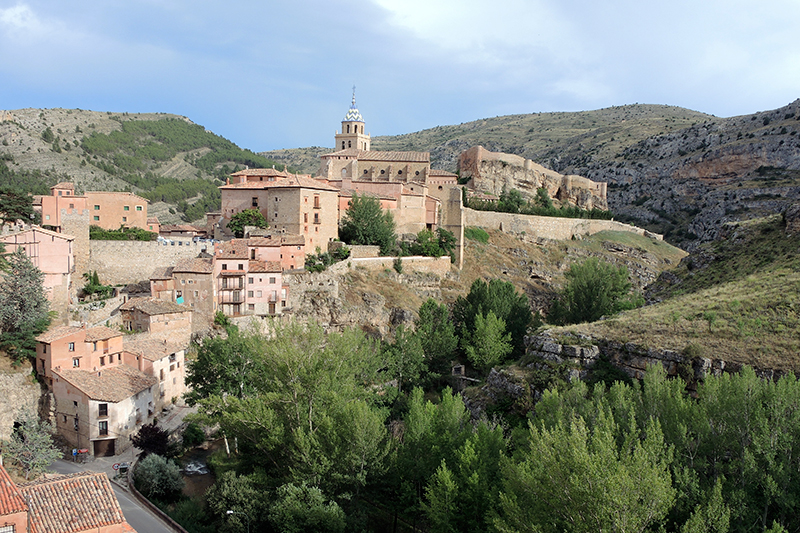
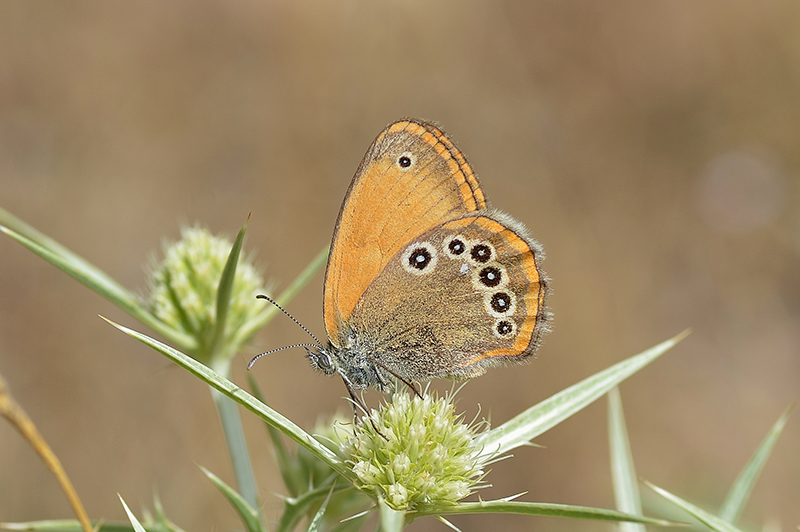
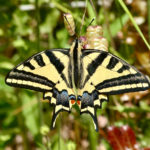
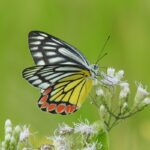
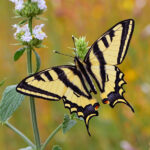



Reviews
There are no reviews yet.